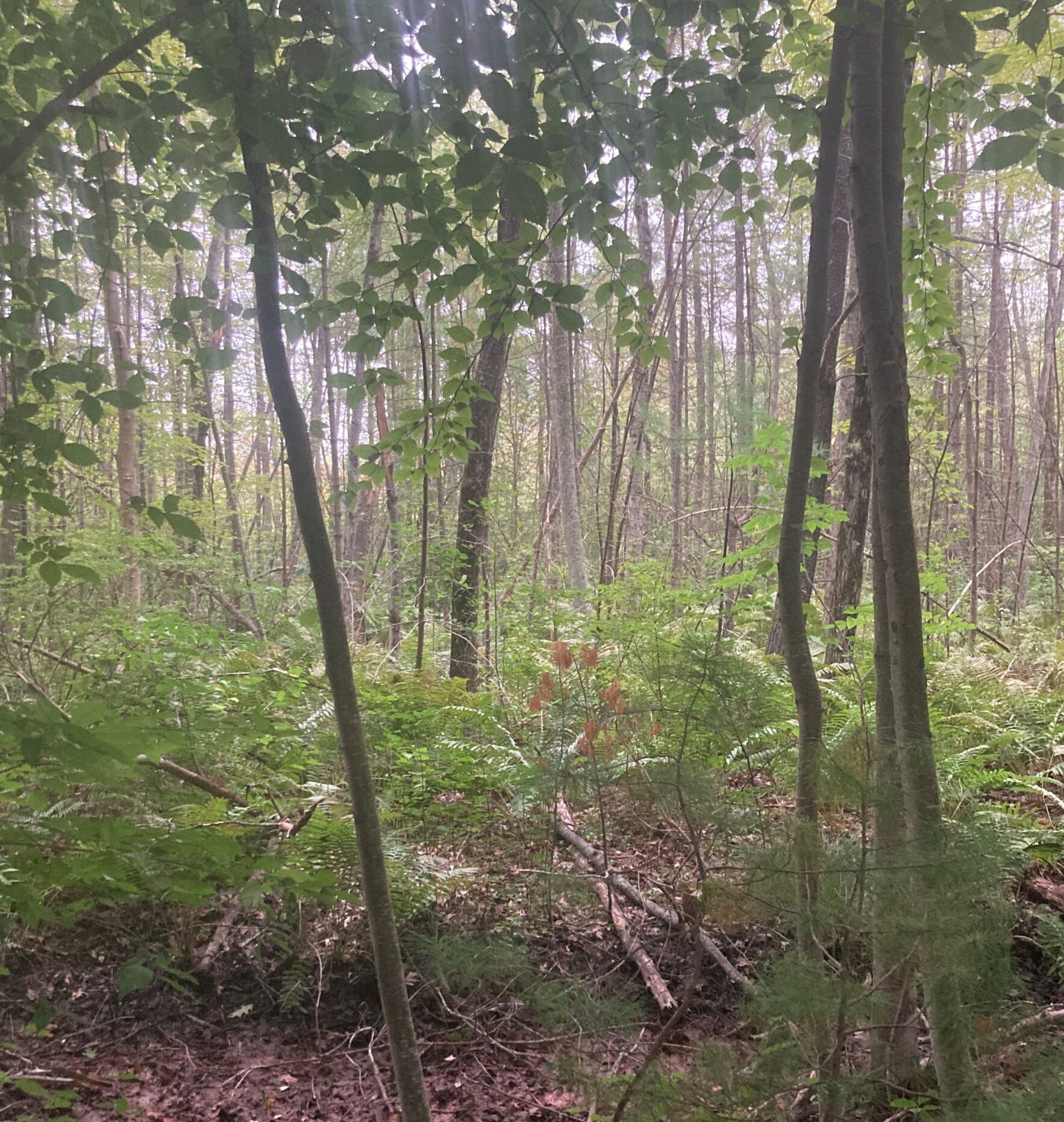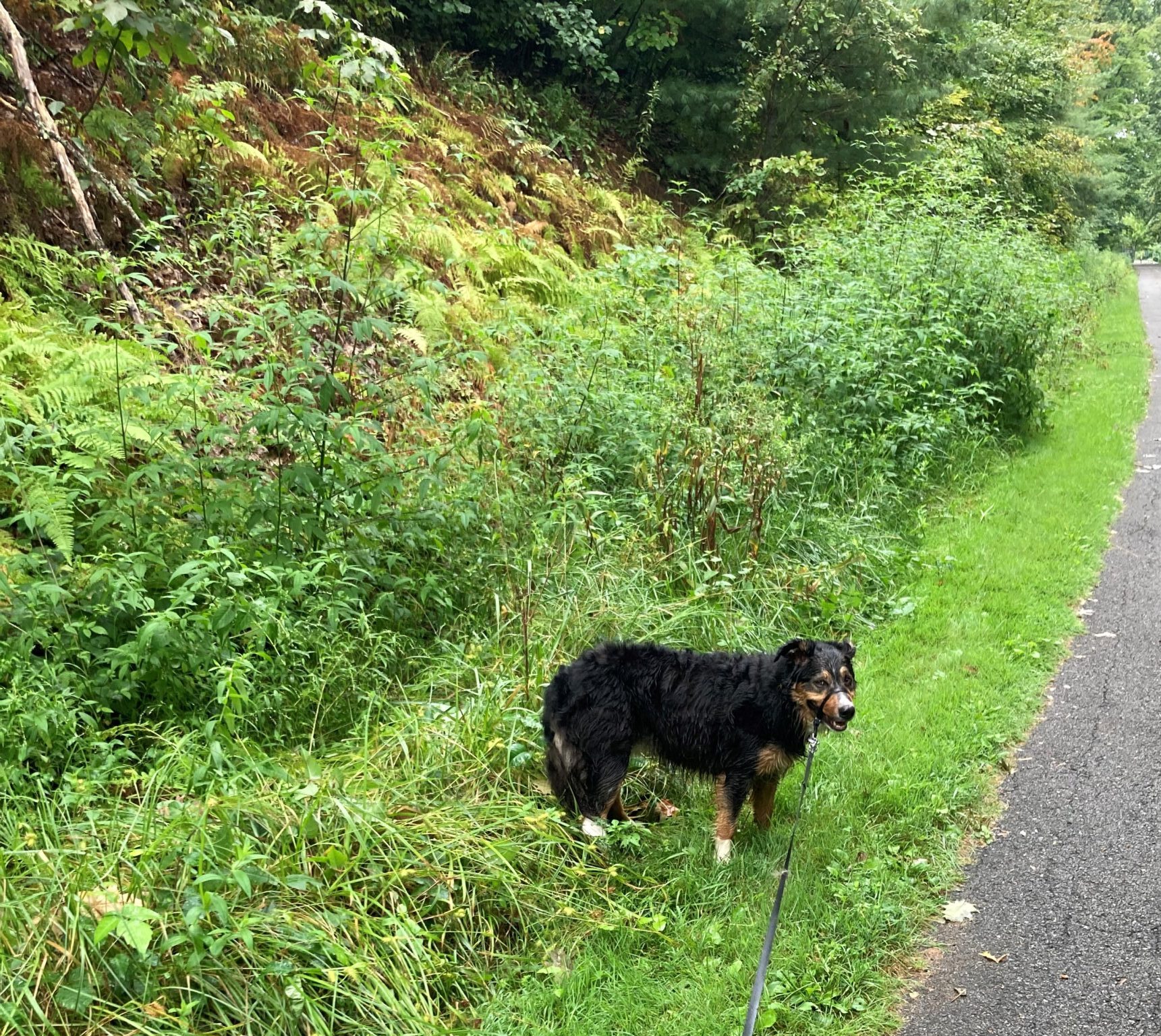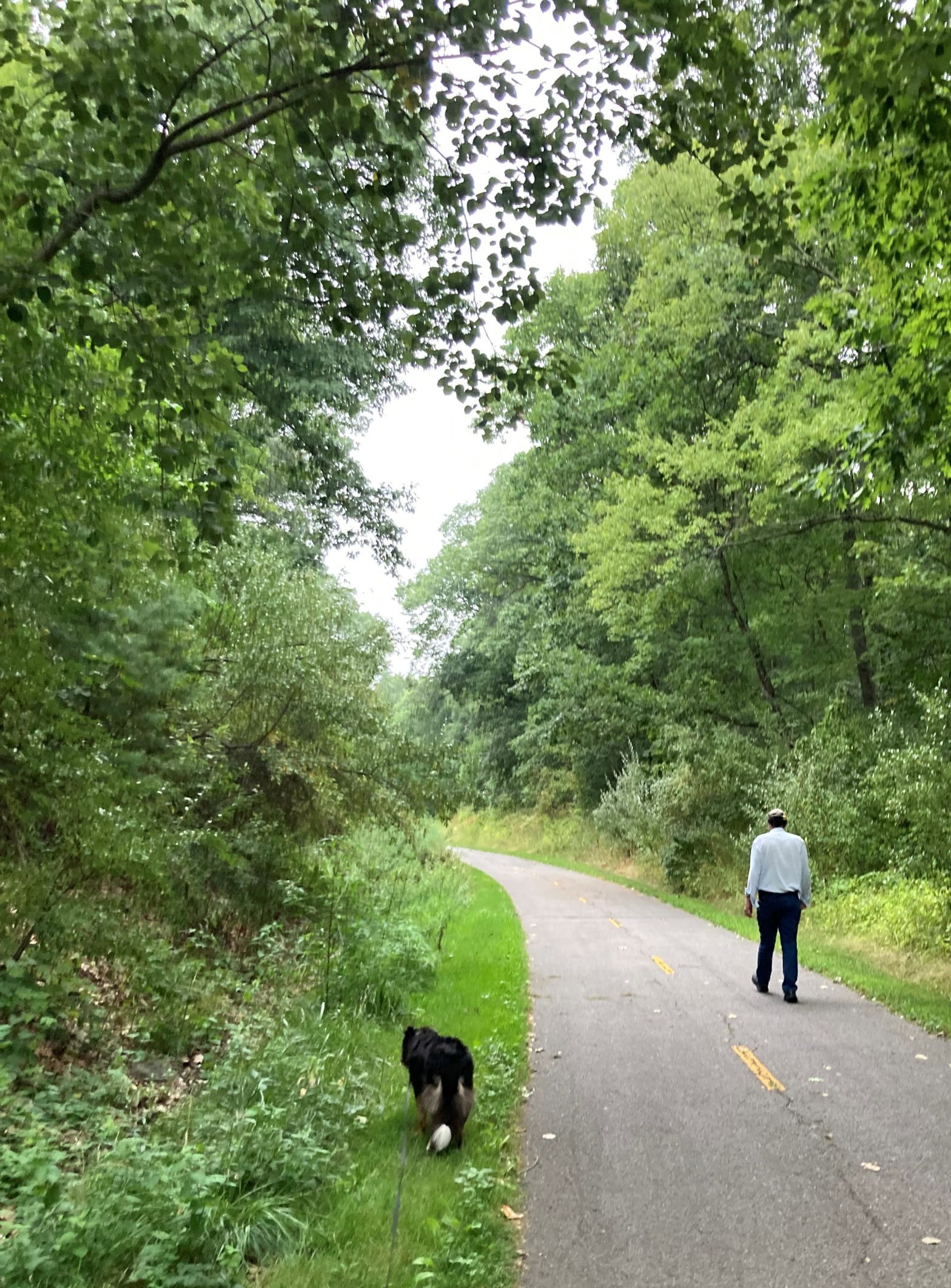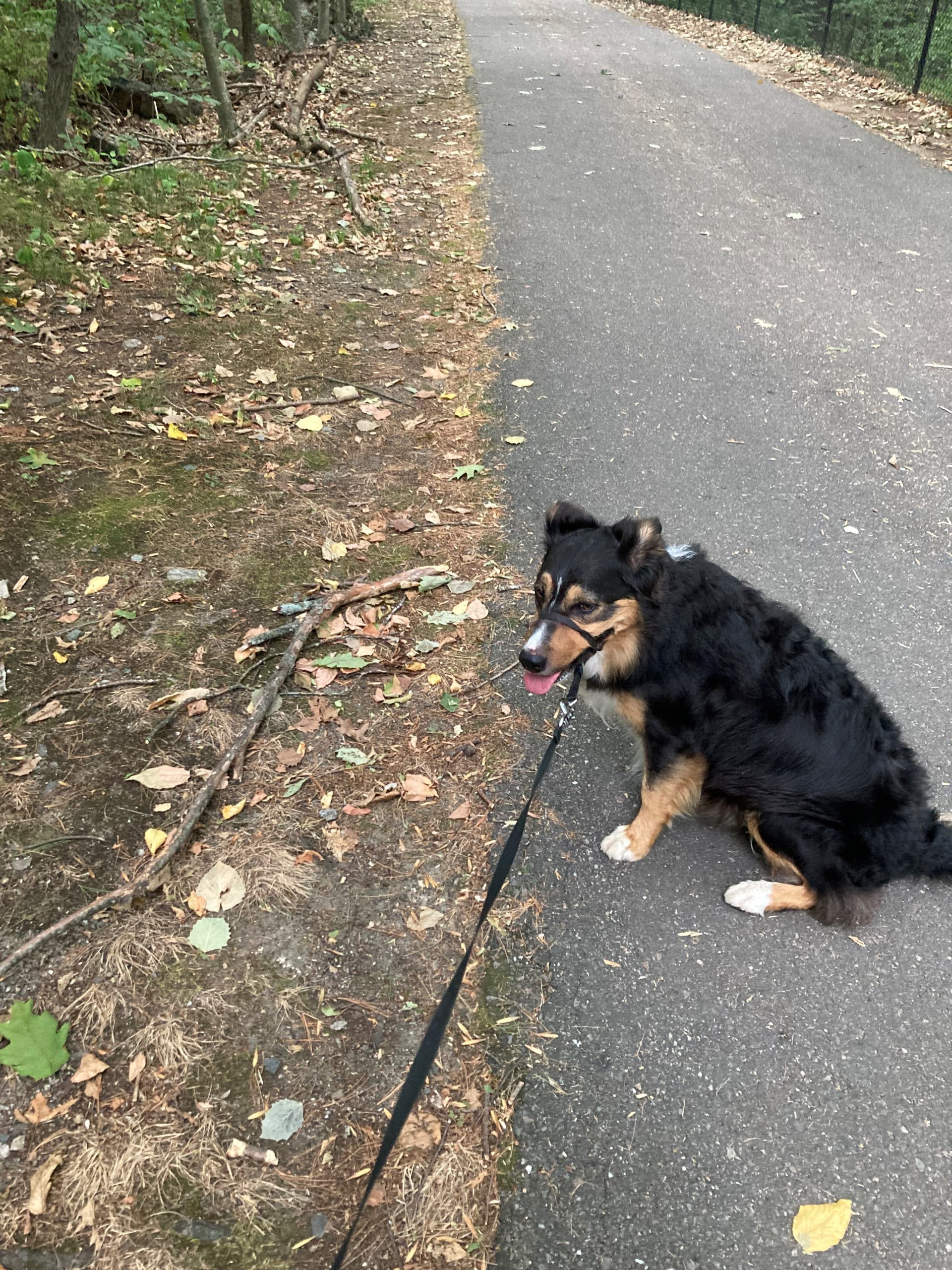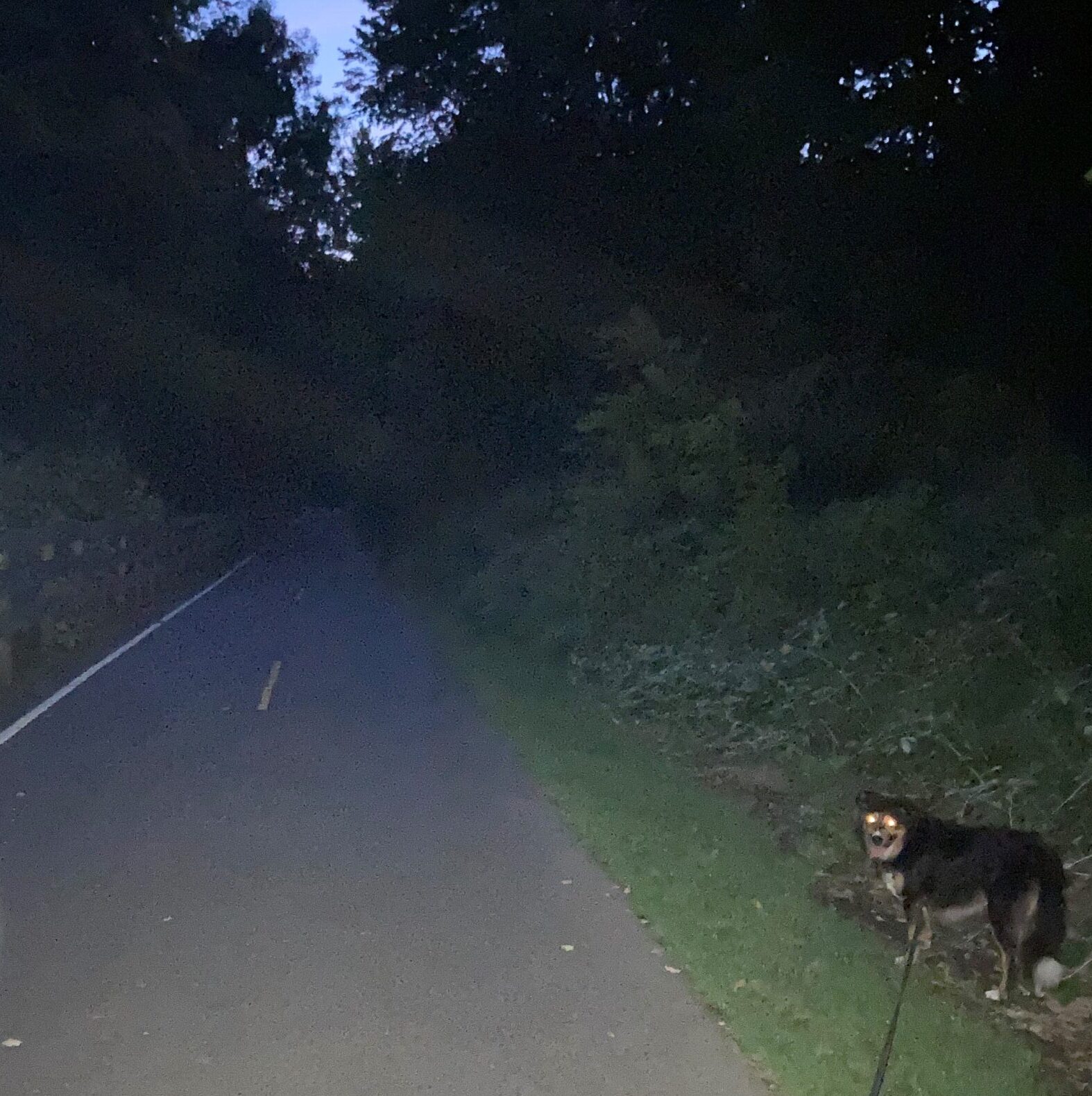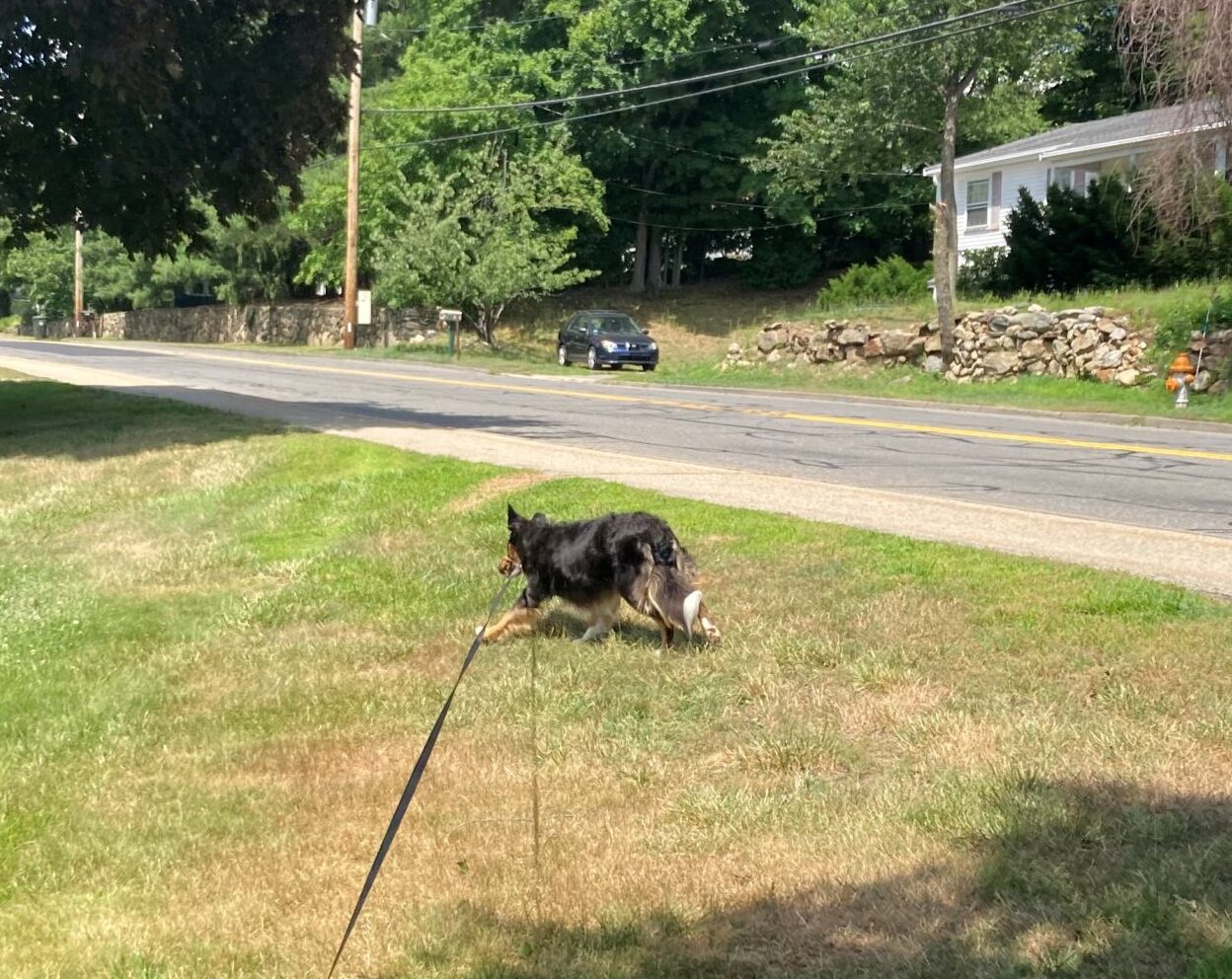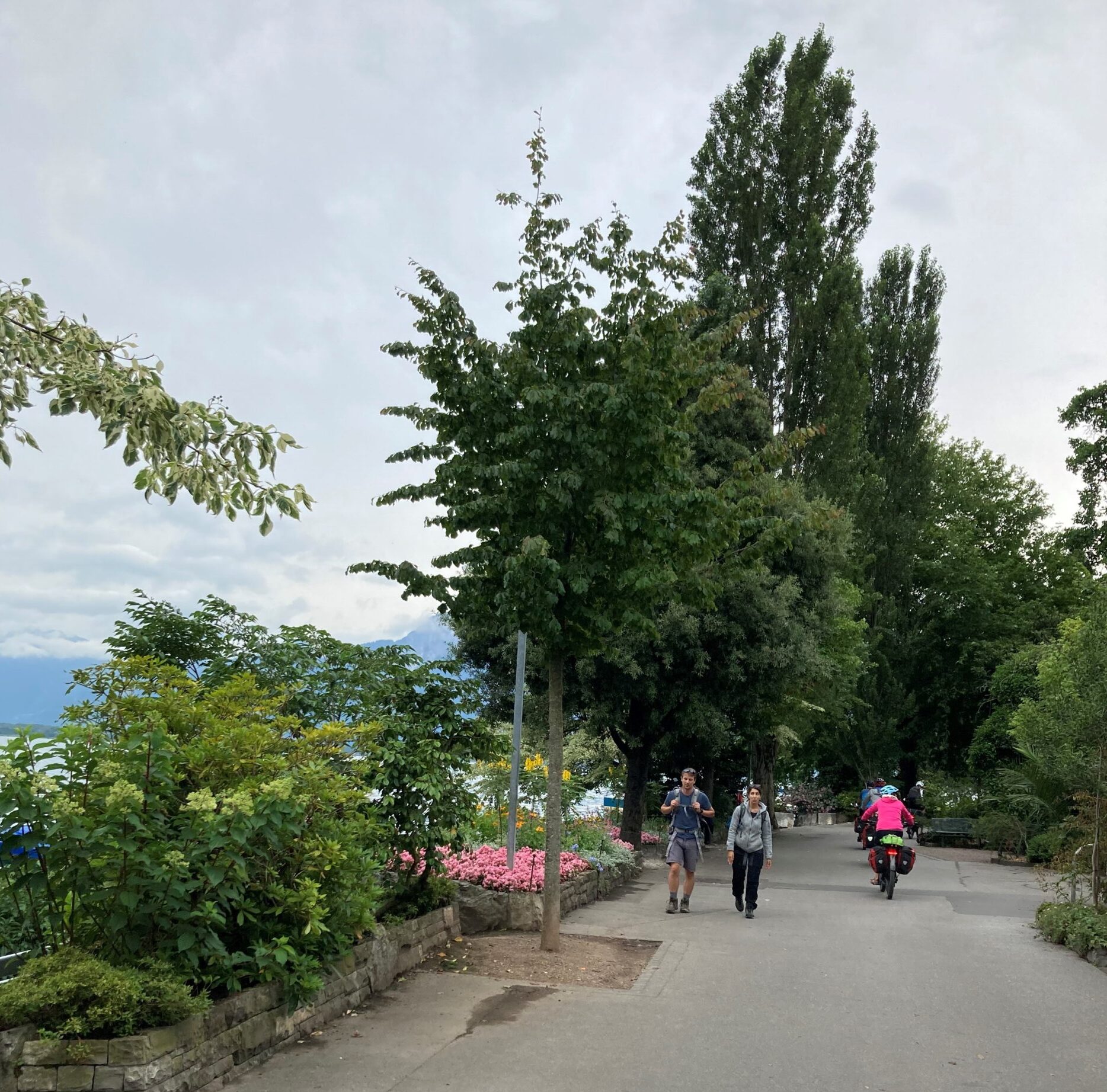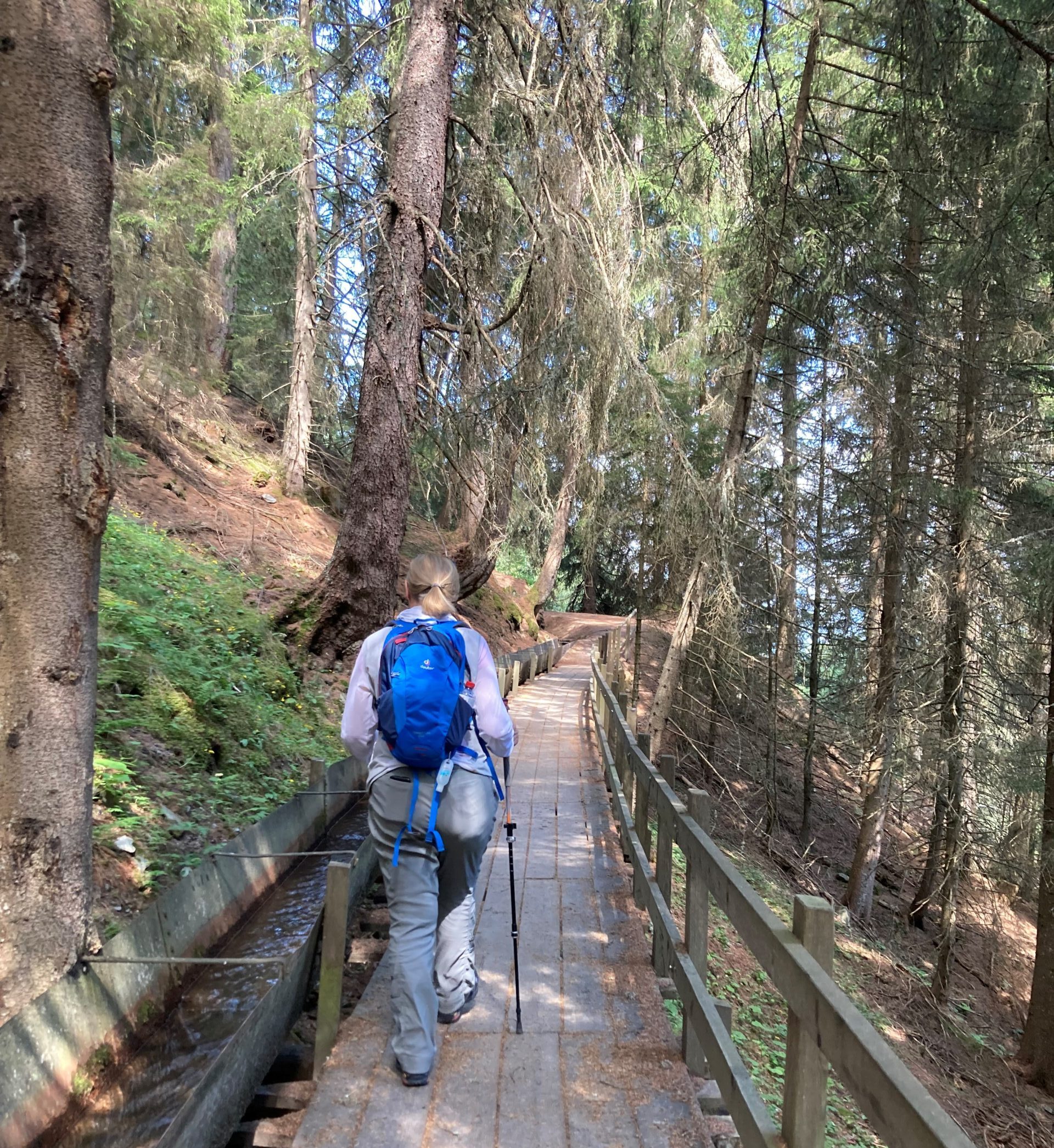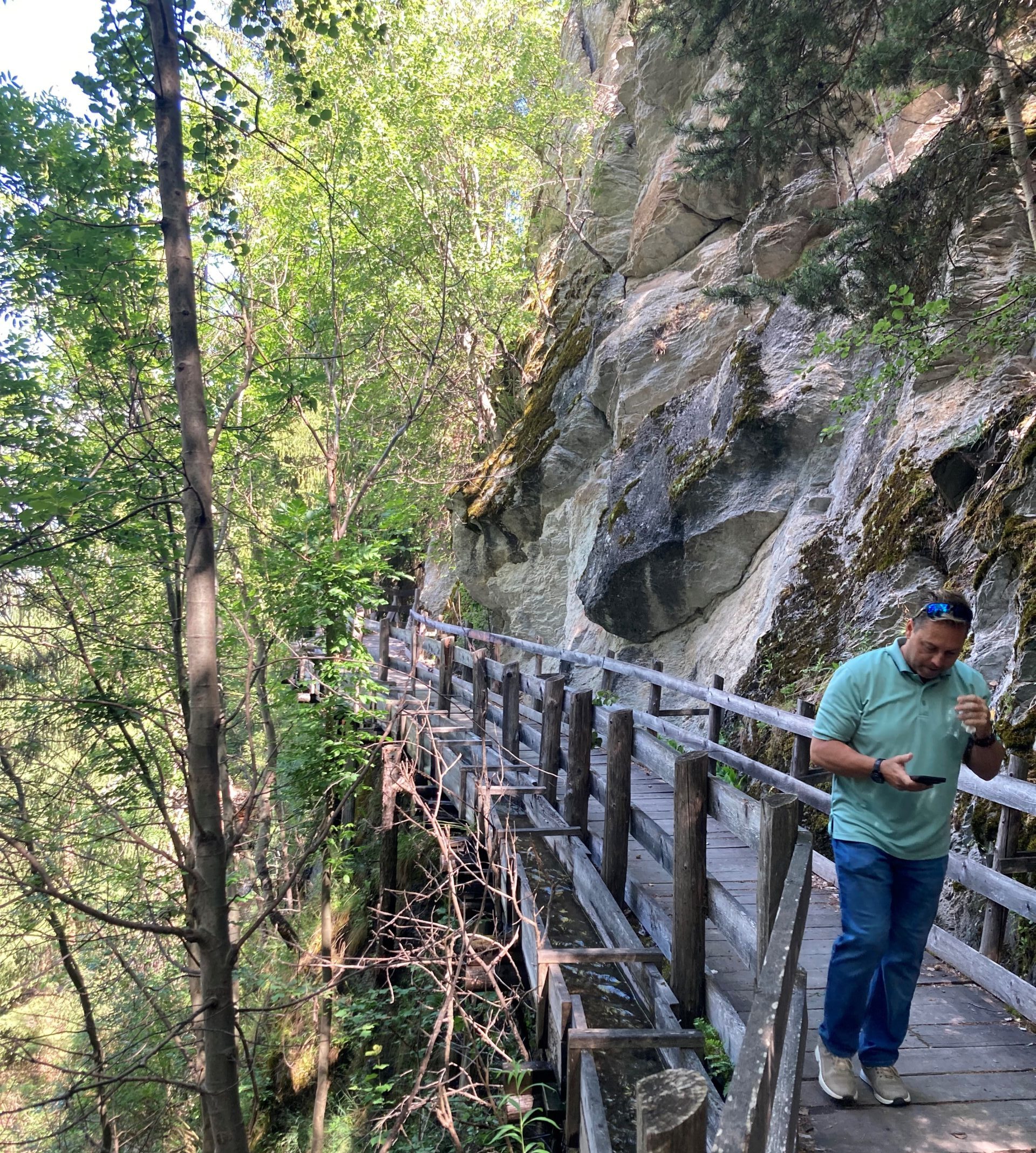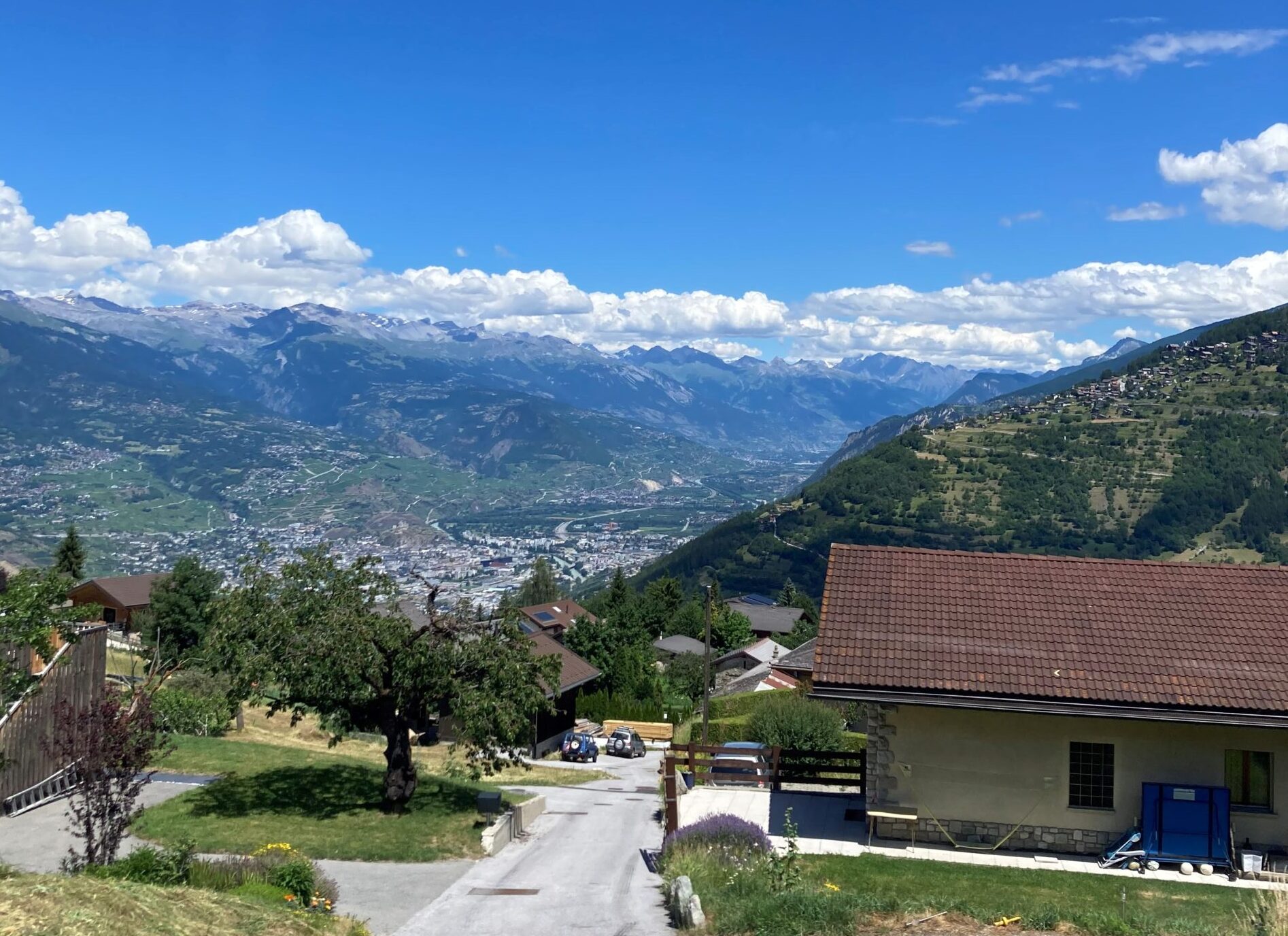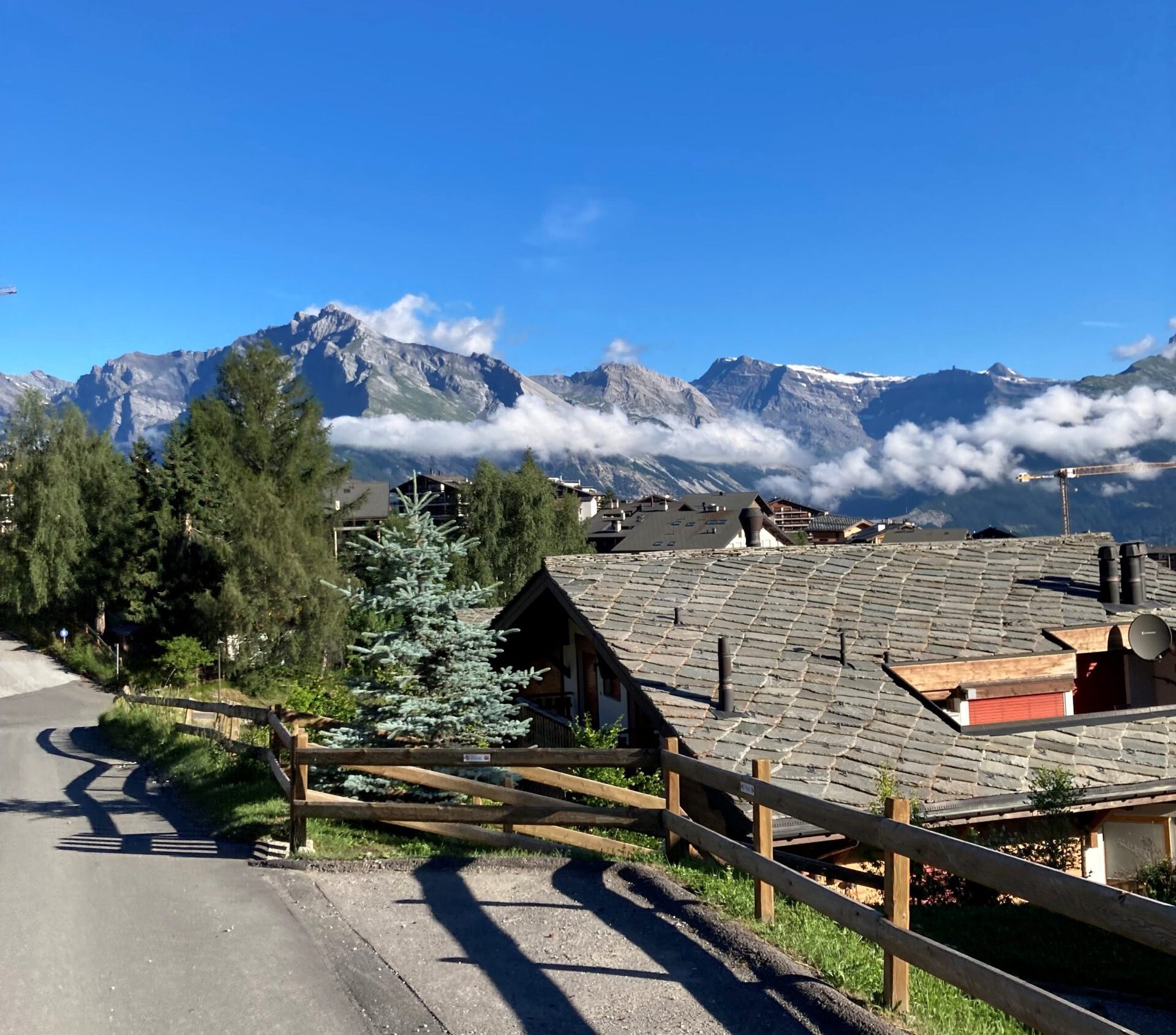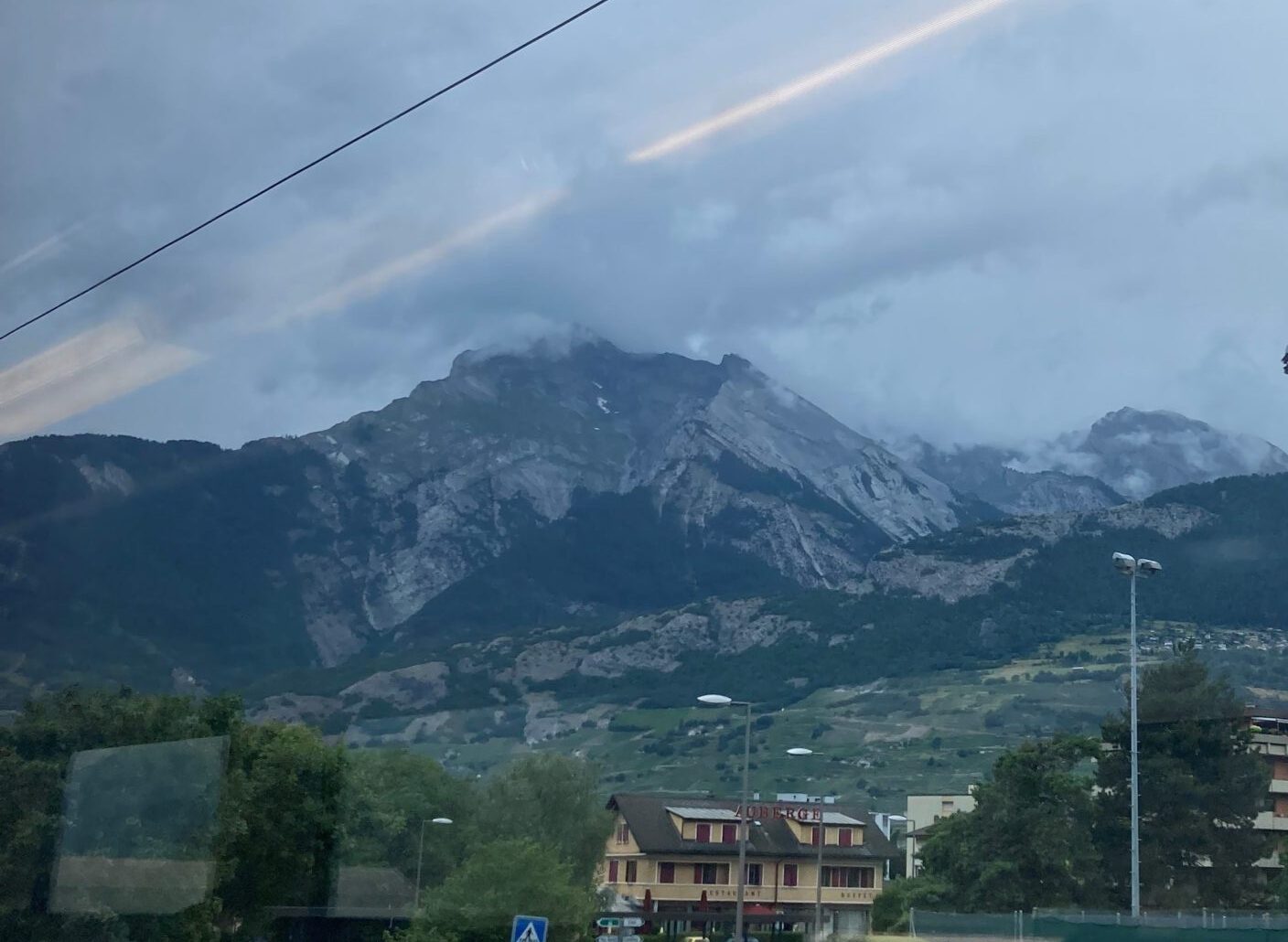If you wish to know the divine, feel the wind on your face and the warm sun on your hand.
-Buddha
Waldo and I are still getting up at 6 AM to do our daily walk. The sun rises before we get to the trail, but the air is still quite cool – generally in the mid to upper sixties. Waldo goes off doing his Waldo stuff and I’m left to my own devices. In keeping with recent interests, I find a few more species of moss, including common liverwort, toothed plagiomnium moss, Schreber’s big red stem moss and twisted moss.
I’ve also been on the look-out for ferns. Ferns are the next evolutionary step up from mosses. Like moss, ferns like to grow in wet shady areas, but not in the same places. I can see ferns growing a ways away from the trail, in places that I would have to climb over fences, or bushwhack through undergrowth, to get to. So, ferns are a little more difficult for me to speciate. Just the same, I find interrupted fern, eastern marsh fern, sensitive fern, cinnamon fern and eastern hay-scented fern. There may well be more kinds out there, I just can’t get to them.
And then there are grasses. There are so many different kinds of grasses. Most, like the mosses, are growing close to the trail. There’s India lovegrass, Bermuda grass, bristeleaf sedge, hairy crabgrass, St. Augustine’s grass, eastern gamagrass, perennial ryegrass, broadleaf cattail, redtop, orchard grass, reed canary grass, common reed, common rush, Japanese stiltgrass, common foxtail, nimblewill and whitegrass. And I’m pretty sure that list is not exhaustive.
I give you these lists to show how many different kinds of living things there are out there in the wild areas of the world. I’m no botanist and have no desire to be. I don’t put a lot of work in identifying the plants I see. I have an app, called “Picture This” that I use. As I walk along, if I happen to see a plant that seems interesting and different, I pull out my cellphone, take a picture, and within seconds, I see its identification and some additional information. I take the time to do this because it forces me to pay attention to what’s happening in the present moment and commune with nature on a more intimate level. I feel like I learn the names of the plants I find. Instead of seeing just trees, I see red oaks, white oaks or black oaks. It’s a little like learning the names of people, but not quite that intimate. I don’t see “Bob,” the white pine, but I do see the white pine and not just a tree. And it’s interesting to be on the lookout for things I haven’t noticed before. That causes me to be more engaged with the nature around me, and therefore, more involved in the walk that Waldo and I are on.
This communing with nature also produces effects on me as a human being. I can’t do it without feeling like I’m a part of it all, not really separable from it, like I’m in the company of an extended family that is much vaster than my infinitesimally small self. It’s a peaceful, reassuring and supportive feeling when I start seeing myself as being a part of something so vibrant with life. It’s as if paying attention to nature awakens an understanding of my own natural self and how I fit into the universe, not that different from what engulfs me. It makes me feel more natural.
I notice a plant I haven’t paid attention to before. It’s a little taller than I am and stands straight up, as if guided by a plumb bob. I’ve never seen a plant do that before. In their search for sunlight, the growth usually deviates at least a little from the vertical. Yet there it is, thrusting up on a spindly stalk with some kind of bulbous buds at the top. I can’t get a good picture with my phone, it’s so tall, so I gently bend it over to get the top closer to me. I bend it a little too far and the stalk breaks, the entire plant falling over in my hands. I immediately feel remorse and sadness for the poor plant. All it was doing was following is nature to grow and thrive and I had to kill it. I did get the picture, though. It is a Canada lettuce. A weed. My communing with nature has gotten me to feel regret, a human response, for killing a weed. It has made me even more human, which is also an expression of nature.
Waldo has a stick and is jabbing my legs with it. He wants to play. He plays keep-away for a bit, then gets close enough that, with some effort, I can grab the stick. We play tug-of-war for a while, then I let him have it and he runs off up ahead. There’s no doubt in my mind that playing with Waldo makes me more of a dog because I emulate dogness to play with him. I couldn’t do that if there wasn’t a piece of dog already in me.
In a similar way, communing with nature seems to make me more intimately aware that I am nothing more than a piece of nature.


